[ノート] シーボルトの収集した和紙について 2017.4
ミュンヘン五大陸博物館:Museum Fünf Kontinente(旧称 ミュンヘン国立民族学博物)所蔵のシーボルトが収集した和紙に関する調査
[Notes] About Japanese Washi collected by Siebold April 2017
ミュンヘン五大陸博物館、Dr. リッヒツフェルト(Dr. Bruno Richtsfeld)のご厚意で、シーボルト(Philipp Franz von Siebold、1796-1866)の収集した和紙に関する目視による調査と撮影を実施した。
ミュンヘンでは、2016年4月和紙に関する講演(バイエルン独日協会主催)を行ったが、その時から、日本の和紙とドイツの医師・博物学者のシーボルトとの関係に注目した。
シーボルトは1859年から1862年、長男アレクサンダーと共に2度目の訪日を果たし、日本関係資料を収集している。今回の調査対象は、日常に使用された紙及び紙製品であり、首都大学東京・牧野標本館所蔵のシーボルトコレクション(植物標本)の和紙のジーナスカバー(Genus Cover、動植物分類上の標本台紙)と同時期の収集品にあたる。
現在の日本には、江戸期に各地で作られた様々な和紙がほとんど残っていない状況から、シーボルトコレクションの和紙は、当時の和紙生産の状況を知る上でも貴重な資料である。さらに、シーボルトの主な収集地(長崎、箱根、江戸、日光など)と和紙の産地の関係にも注目したい。
今回の調査では、21種類の和紙の撮影を行った。
外観写真とその繊維を撮影した。本研究ノートの紙の名称は、今回の訪問で見せて頂いた紙の様態を表すために筆者がつけている。五大陸博物館所蔵シーボルトコレクション関連資料集成p97の名称を参考にしたが、〝文紙10種〟や〝印刷した紙5点〟など、細かい分類のない紙の類にあたる。よって、シーボルトコレクションの記録と表現が異なるものがある。繊維を撮影した理由は、紙の様態がわかること、原料や印刷方法がほぼ特定できることなど、紙質自体を記録するためである。参考として、ページの終盤に牧野標本館所蔵の植物標本の和紙のジーナスカバーも掲載した。
また、本ノートは、これまでのシーボルトコレクション関連の報告などと随時照合し、修正を行うものとする。
Survey on Washi collected by Siebold in Museum Fünf Kontinente
Inspired by the Museum Fünf Kontinente, Dr. Bruno Richtsfeld, visual inspection and photography were conducted on washi collected by Siebold (Philipp Franz von Siebold, 1796-1866).
In Munich I gave a lecture on Japanese paper April 2016 (sponsored by “Deutsch-Japanische Gesellschaft in Bayern e.V.”), but since that time I focused on the relationship between Japanese Washi and German doctor / naturalist Siebold.
Siebold made a second visit to Japan together with his first son Alexander from 1859 to 1862 and is collecting Japanese related materials. The subjects of this survey are paper and paper products used on a daily basis, and include the genus covers (specimen mounts in Genus Cover classification of animals and plants) of Japanese paper of the Siebold collection (plant specimen) of the Makino Herbarium , Tokyo Metropolitan University It corresponds to collecting items of the same period.
From the situation that there are almost no variety of Japanese paper made in various places in the Edo period in present Japan, the Siebold Collection’s Washi is a precious material for knowing the situation of washi production at the time. Furthermore, I also want to pay attention to the relationship between Siebold’s main collection sites (Nagasaki, Hakone, Edo, Nikko etc.) and the location of washi production.
In this survey, we shot 21 kinds of Japanese paper.
I took an exterior photo and its fiber. The name of the paper in this research note is drawn by the author to express the form of the paper shown in this visit. Reference to the Siebold Collection in the Five Continent Museum Reference was made to the name of p.97, but it corresponds to a class of paper with no detailed classification such as “10 types of letter paper” and “5 printed papers”. Therefore, the Siebold collection records and expressions are different. The reason for photographing the fiber is to record the paper quality itself, such as knowing the form of the paper, almost specifying the raw material and printing method. For reference, at the end of the page also posted a Japanese paper japanese paper covering the plant specimen held in the Makino sample pavilion.
In addition, this note will be reconciled and revised from time to time with reports on Siebold collections so far.
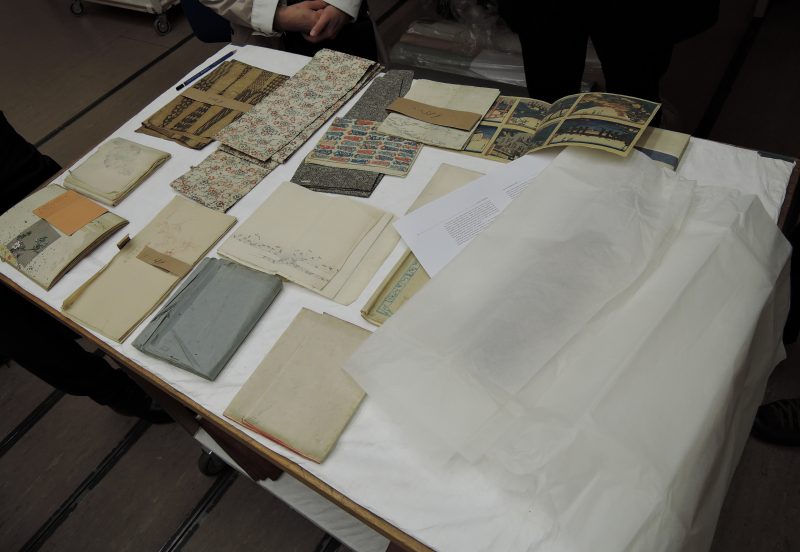
見せて頂いた、シーボルトコレクションの和紙。 The Siebold Collection’s Japanese Paper that I showed you.
1,文様の紙(Printed on Japanese Washi)
文様の入った楮紙。
1, Printed on Japanese Washi (Printed on Japanese Washi)
Kozo paper with pattern
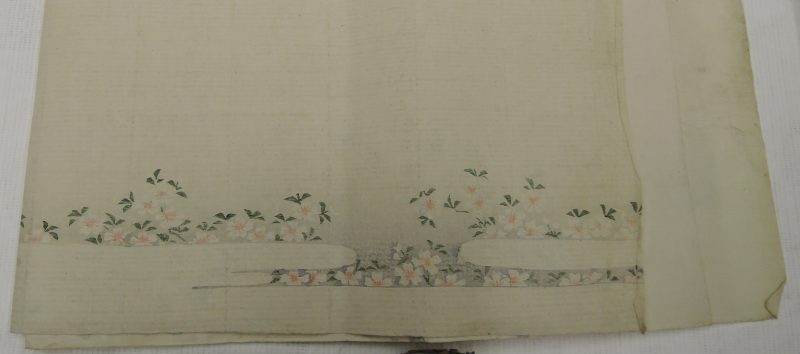
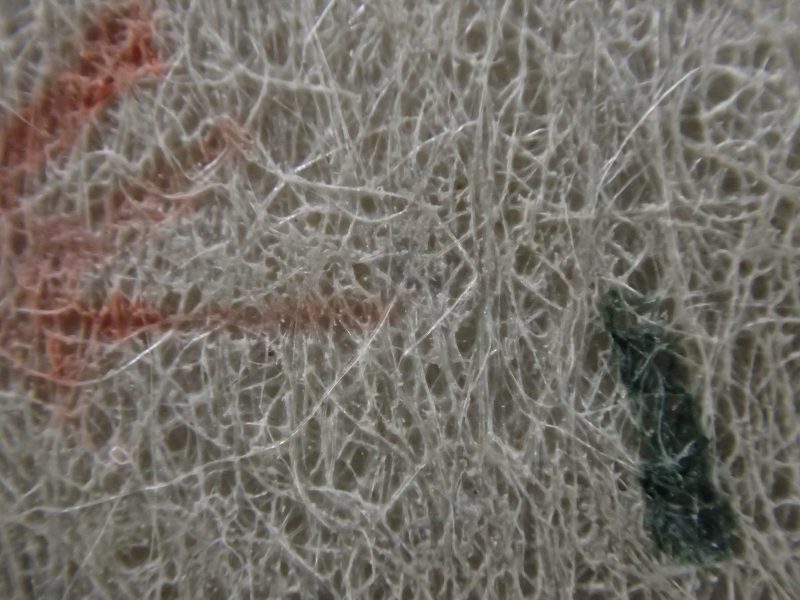
おそらく楮紙、非繊維物質も若干あり。Probably Kozo paper, with some non-fibrous materials.
2,青いチリが入った紙(Paper with blue fiber)
全体的に青く、おそらく漉き返しかと思われる。この種類紙は、植物標本にも用いられた。
2, Paper with blue fiber (Paper with blue fiber)
It look blue as a whole and perhaps it seems to be regenerated. This type of paper was also used for plant specimens.
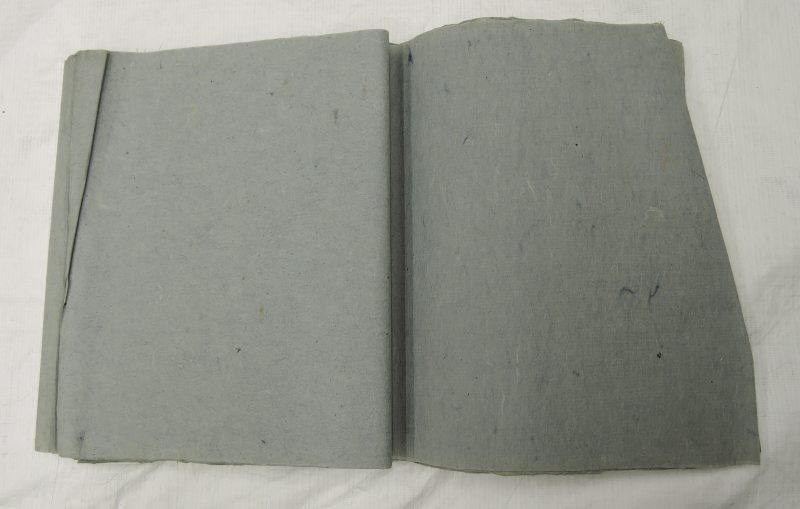
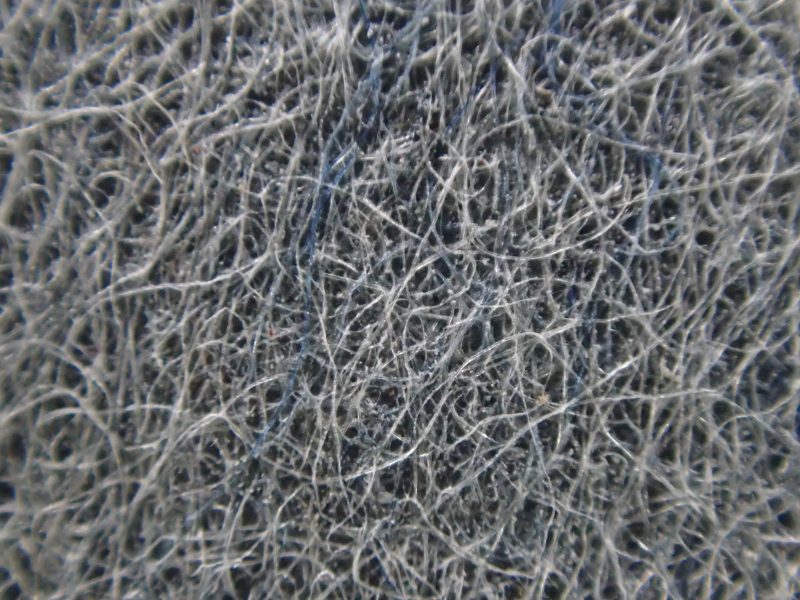
おそらく楮紙、または、漉き返しの和紙。非繊維物質も若干あり。青い繊維が混入。Probably Kozo paper or regenerated paper. There are also some non-fibrous materials. Blue fiber is mixed in.
3,楮紙(Mulberry Paper)
繊維の撮影風景。
3, Kozo paper (Mulberry Paper)
Shooting scenery of fiber.
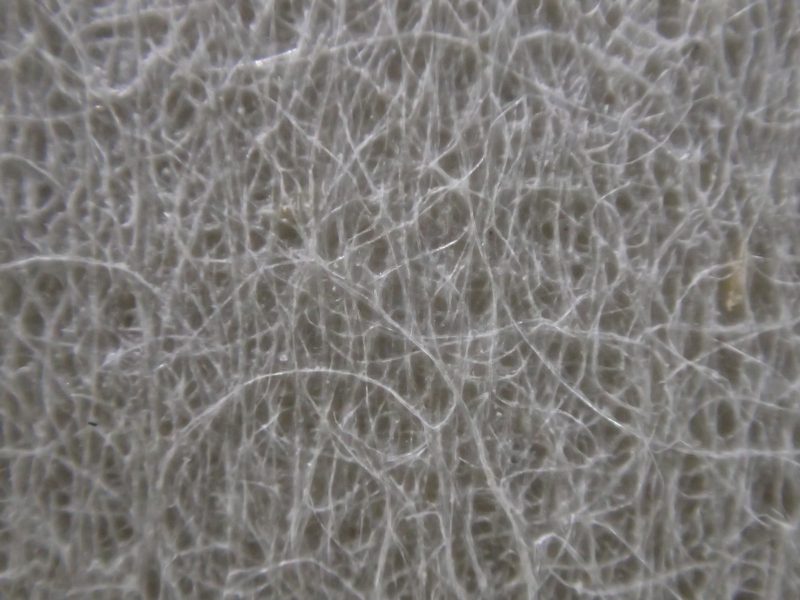
楮などの繊維。 Fibers such as Kozo.
4,楮紙模様入り(紙に刷った木版の見本)(A sample of woodcut print on paper)
4, Kozo paper with pattern (A sample of woodcut print on paper) (A sample of woodcut print on paper)
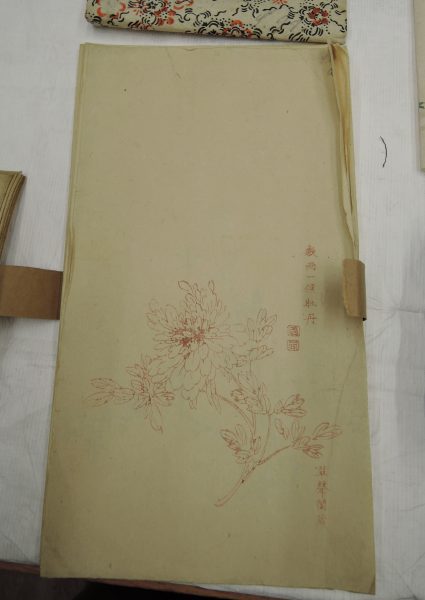
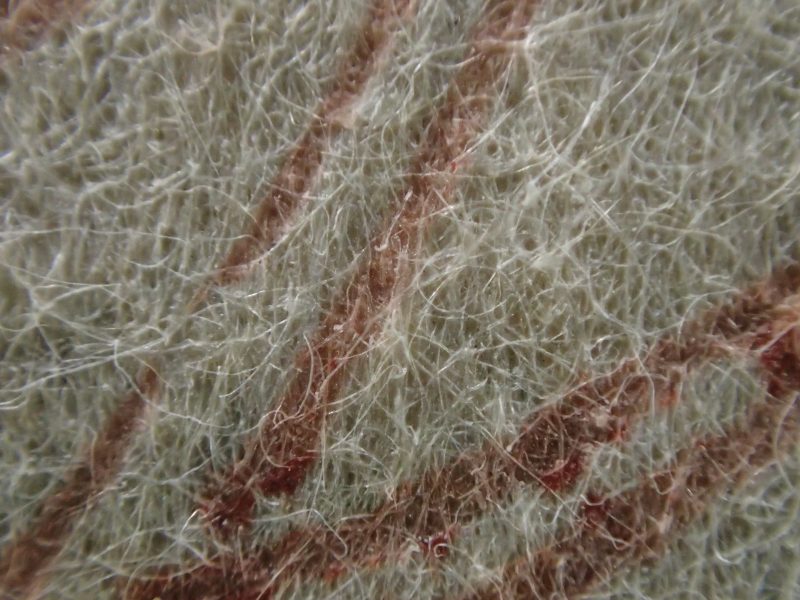
繊維、細かく、紙密度高い。Fibers are fine and paper density is high.
5,版木による文様紙 (Woodcut block prints on paper)
5, Woodcut block prints on paper by woodblock print
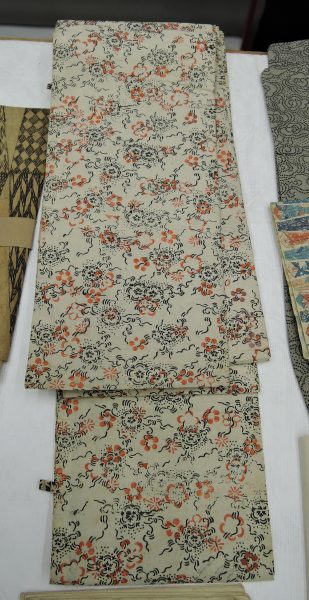
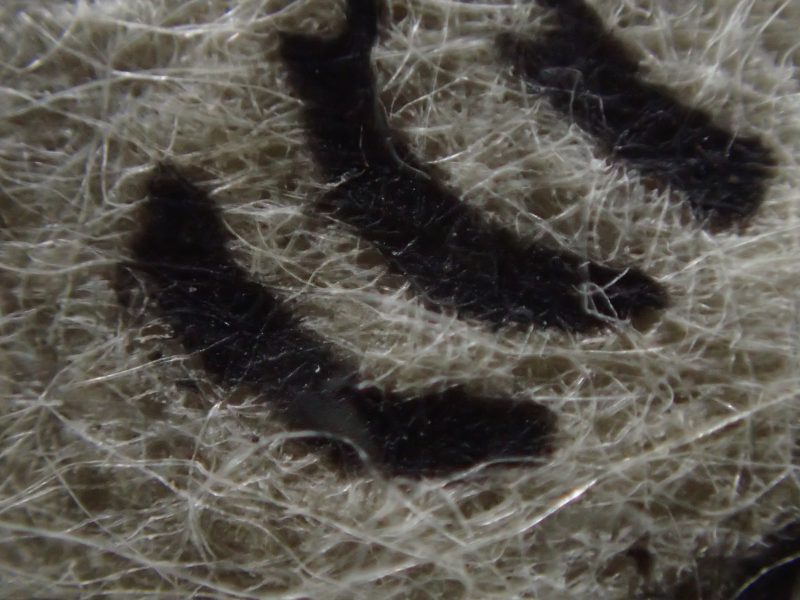
彩色は、おそらく版木による。
Coloring is probably by woodblock.
6,俳句用紙(Washi for writing poetry)
檀紙のような凹凸のある質感。
6, Haiku paper (Washi for writing poetry)
Texture with irregularities like dandy paper.
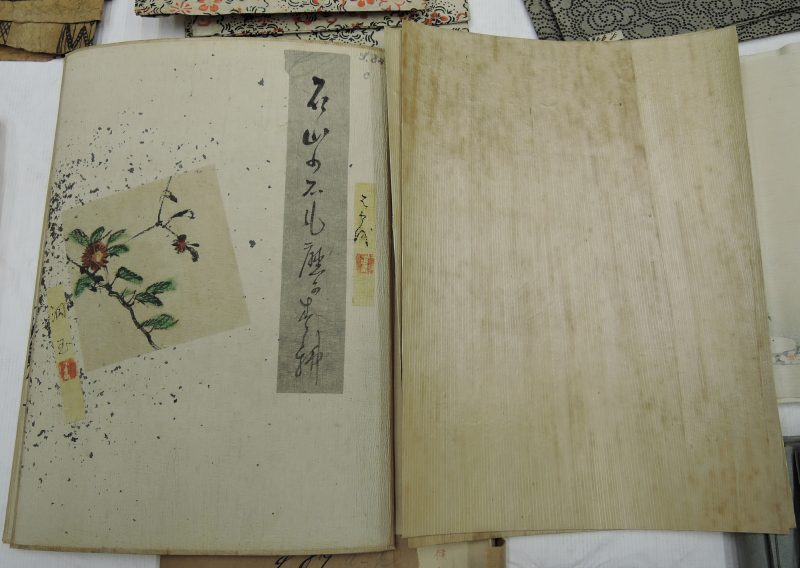
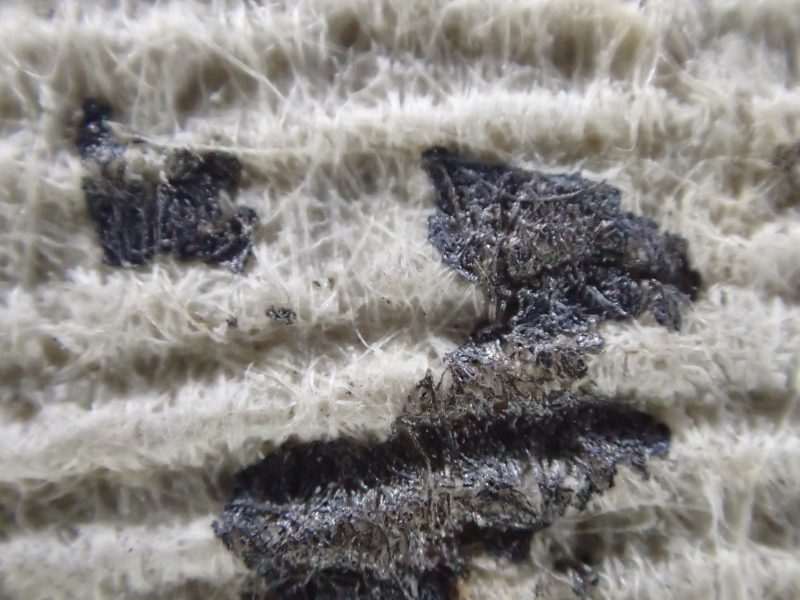
7,花・玉の版画文様紙(Woodcut prints of flowers and balls)
7, Flower · ball prints Painting paper (Woodcut prints of flowers and balls)
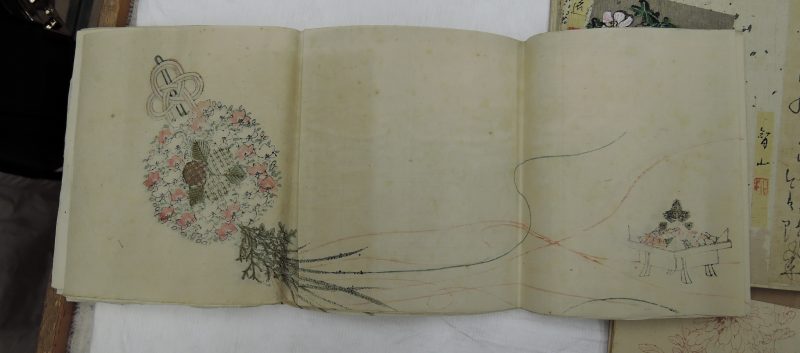
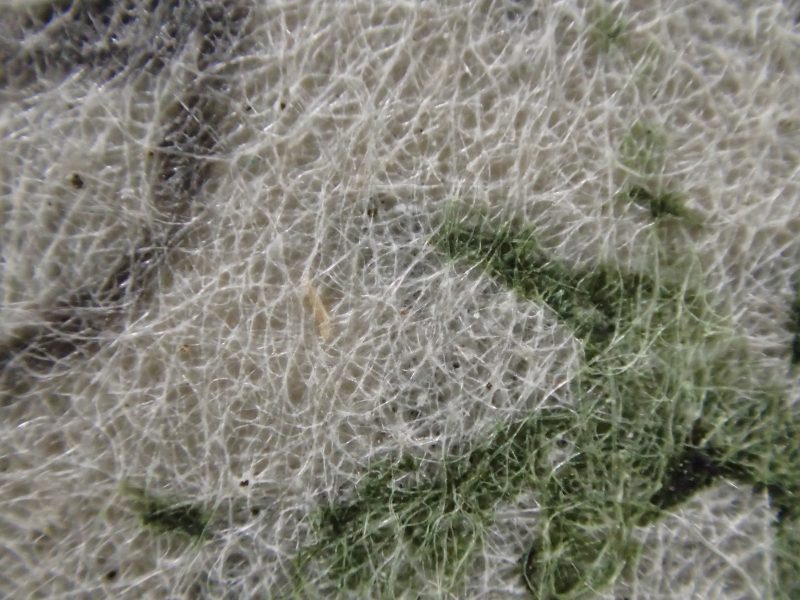
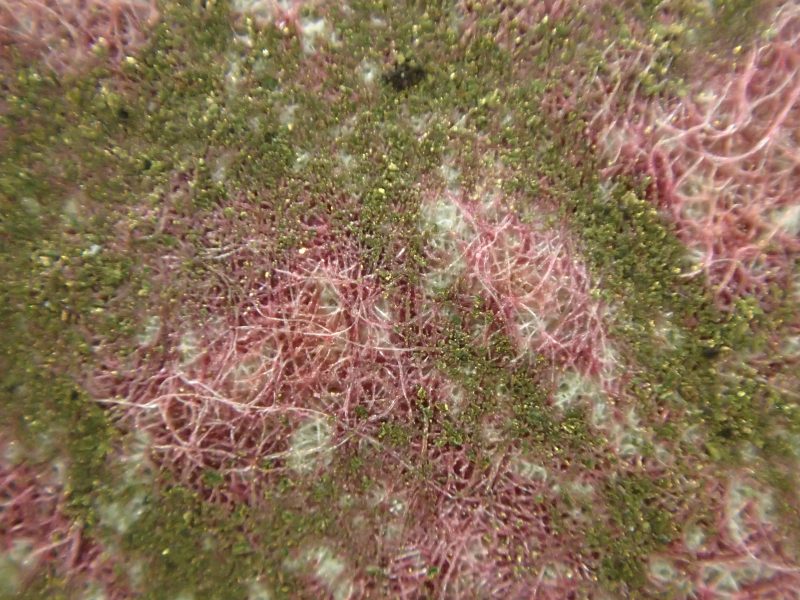
8,タパ(樹皮布) のような紙(Paper such as Tapa)
8, paper such as tapa (bark cloth) (Paper such as Tapa)
おそらく紙ではない。Probably not paper.
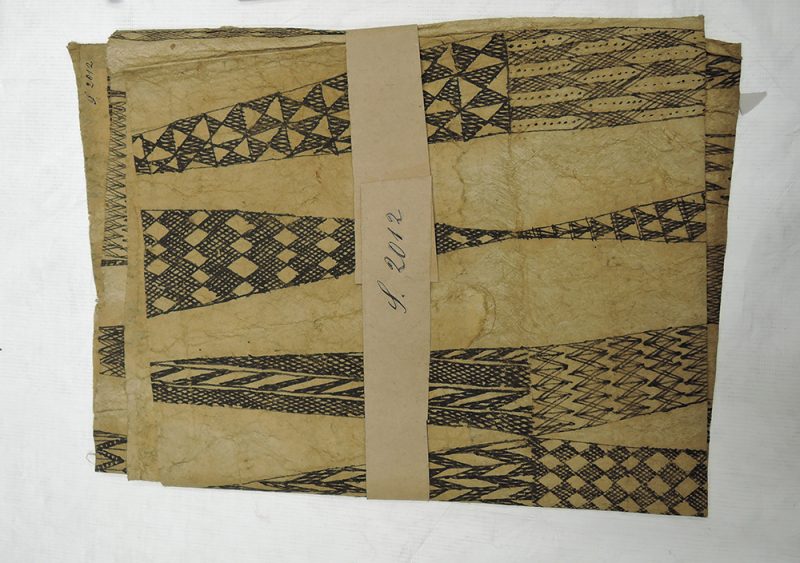
9,熨斗(のし)(japanese Noshi) 9, 熨斗 (し の) (japanese Noshi)

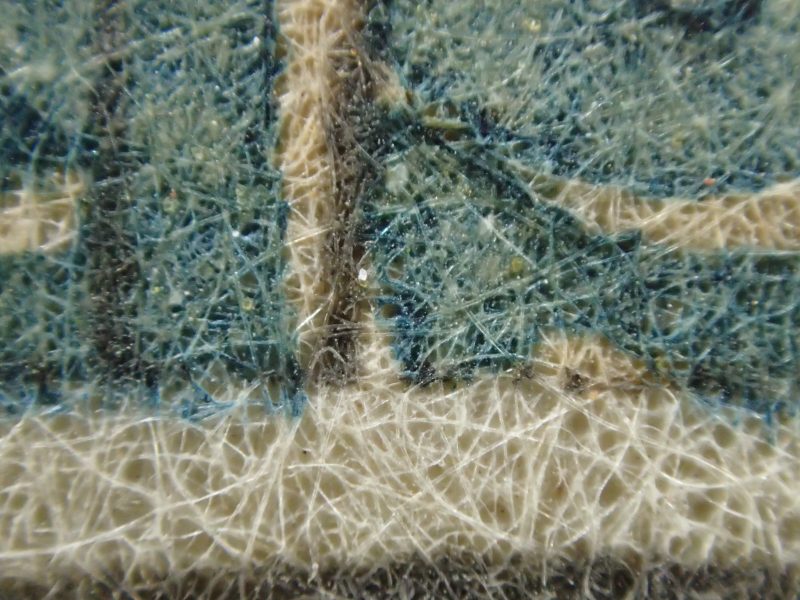
プリントした熨斗(のし)の原紙。Printing paper of Noshi
10,型染め紙、袋状(Dyeing stencil paper) 10, molded paper, bag-shaped(Dyeing stencil paper)
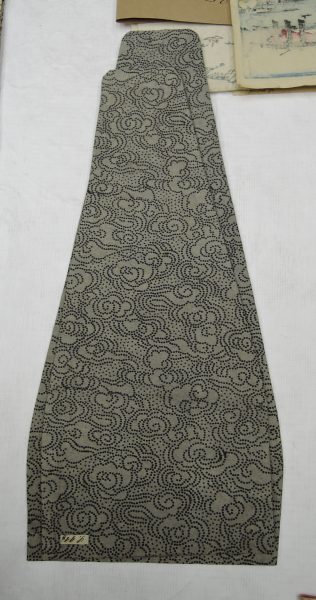

布の様な柔らかさがあり、繊維からもそれが読み取れる。It has softness like cloth and it can be read from fiber.
11、東海道五十三次の浮世絵カード(Ukiyo-e card of Old‐time fifty‐three stages on the Tokaido highway)
11, Ukiyo-e card of Ukiyo-e card of Oriental Tokaido (fifty-three stages on the Tokaido highway)
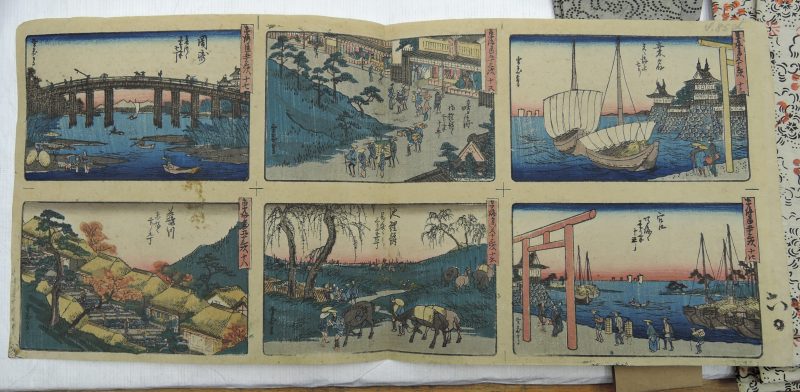
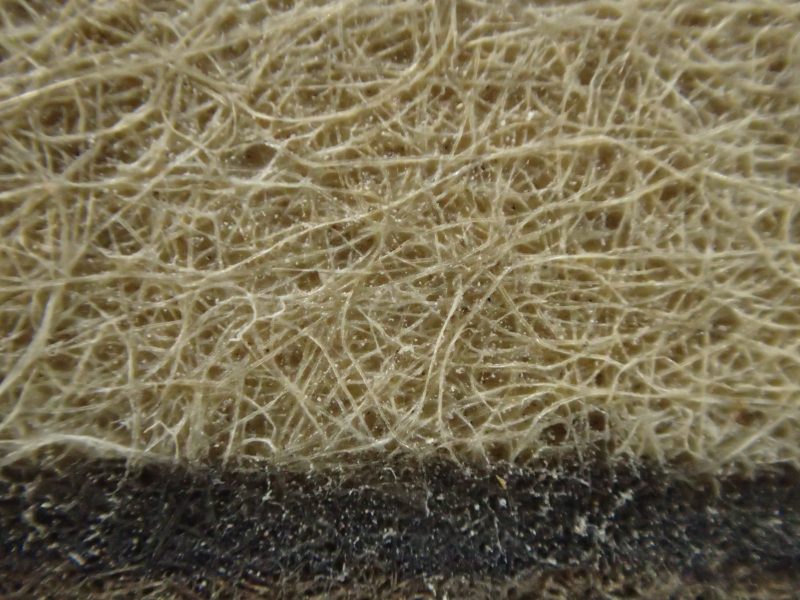
切り取りの目印がついている。裁断後、タテ3インチ、ヨコ5インチ程度。浮世絵のカード原紙。
There is a mark of cutting out. After cutting, it is 3 inches in length and 5 inches in width. Ukiyo-e card base paper.
12、楮紙(Other paper、Kozo paper)
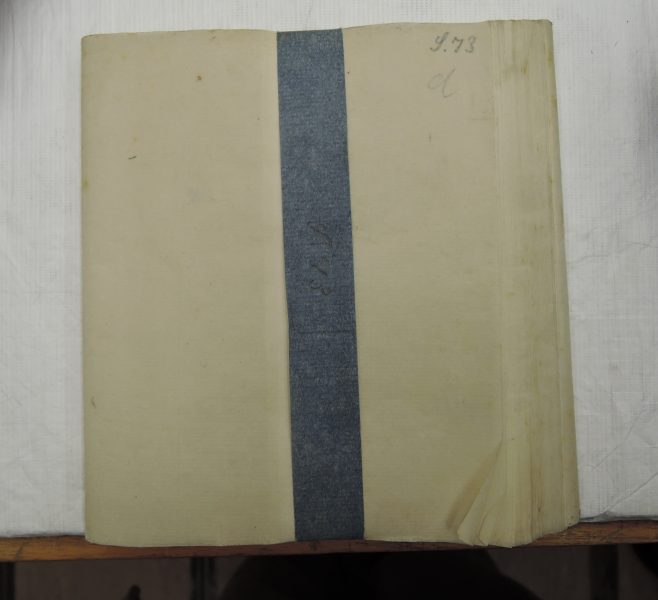
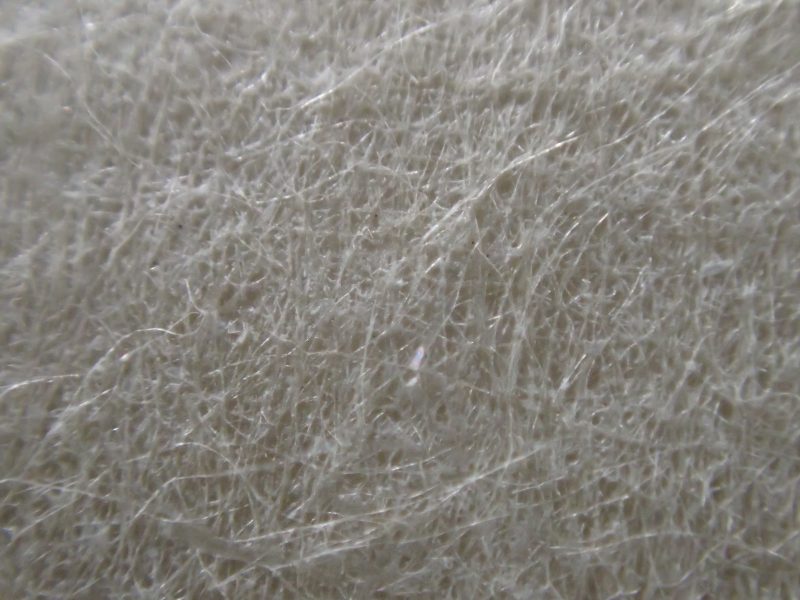
きめ細かい楮紙。Fine grain paper.
13、雁皮紙、包み紙と中身の雁皮(gampi paper) 13, Ganpa paper, wrapping paper and gampi paper of contents
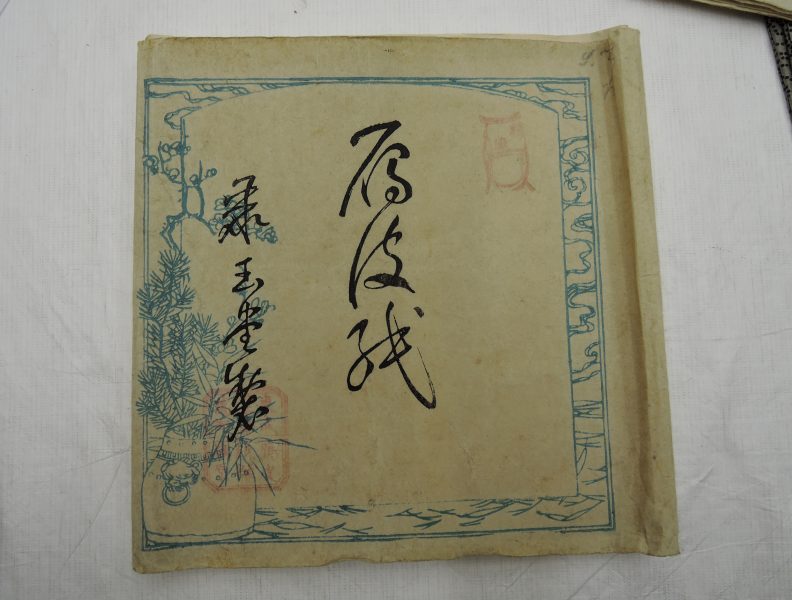
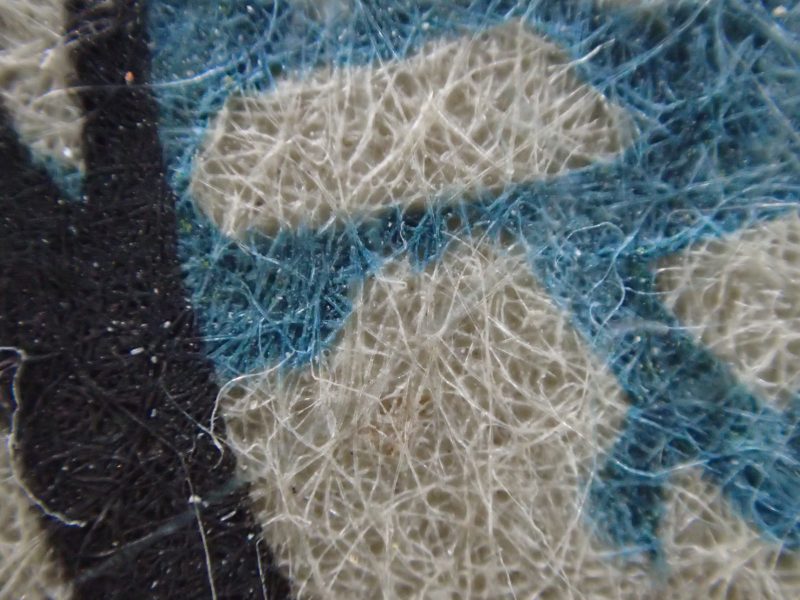
包み紙の楮紙。印刷部分。 Paper paper of wrapping paper. Printed part.
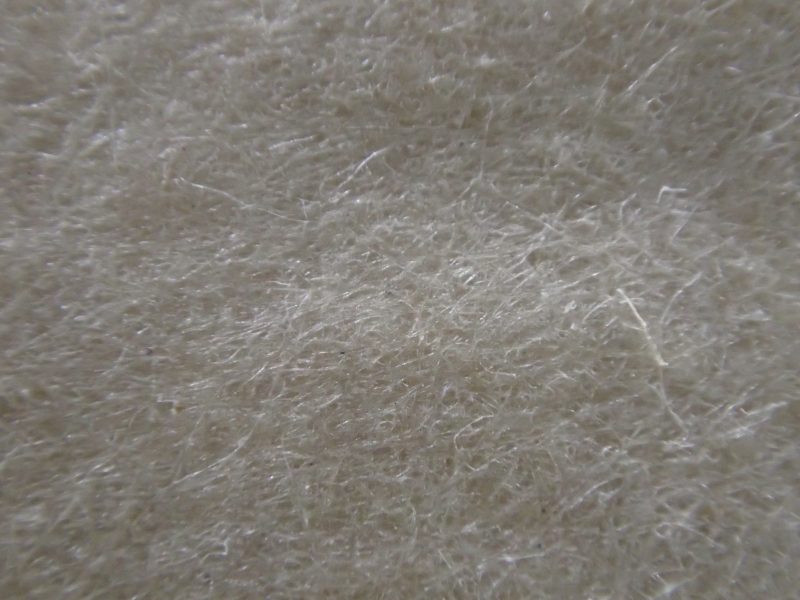
14,特異な紙(Other paper?)14, unique paper (Other paper?)

おそらく、非繊維物質の紙 Perhaps a non-fibrous material paper
15、打雲、墨流し、その他(Utigumo, Mabling and Other paper)
本の装幀に使う見本。 A sample used for book wearing.
15, cloud cloud, red ink, others (Utigumo, Mabling and Other paper)
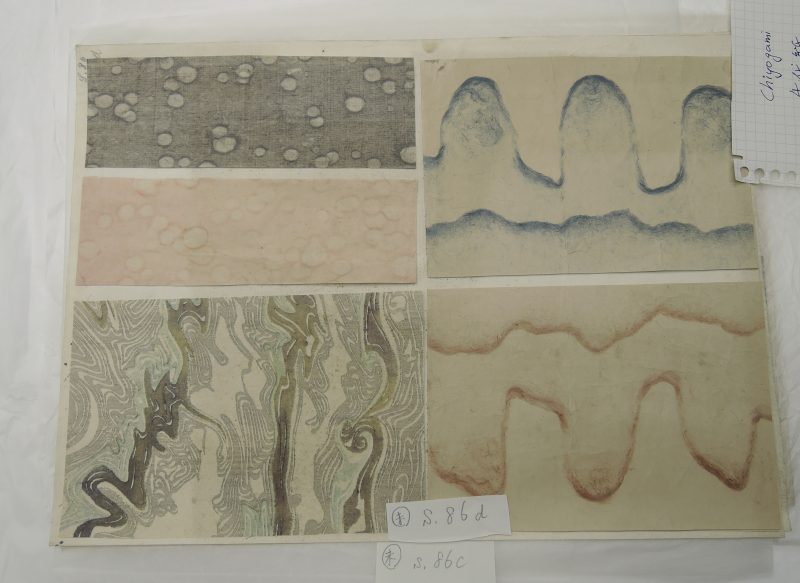



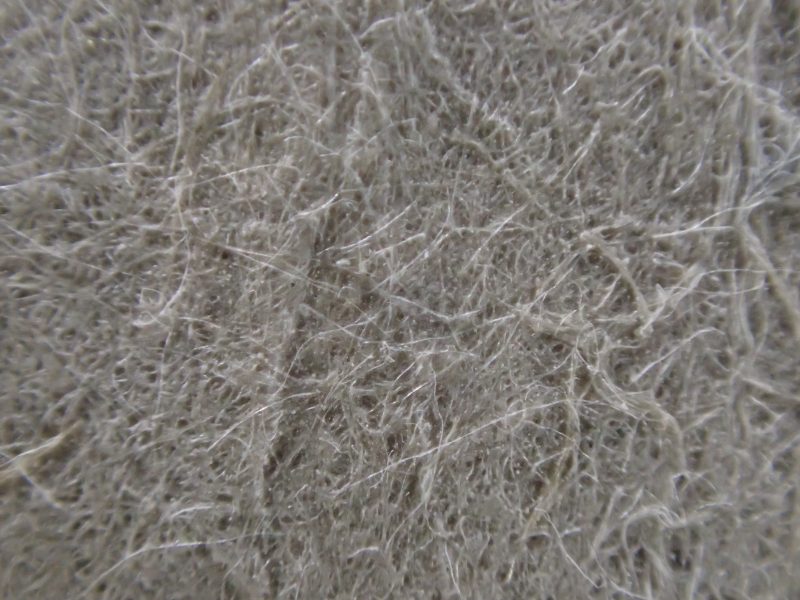
ややサイジングなど行っている紙。 Size paper somewhat sizing.
16,千代紙(Chiyogami 1)
16, Chiyogami (Chiyogami 1)
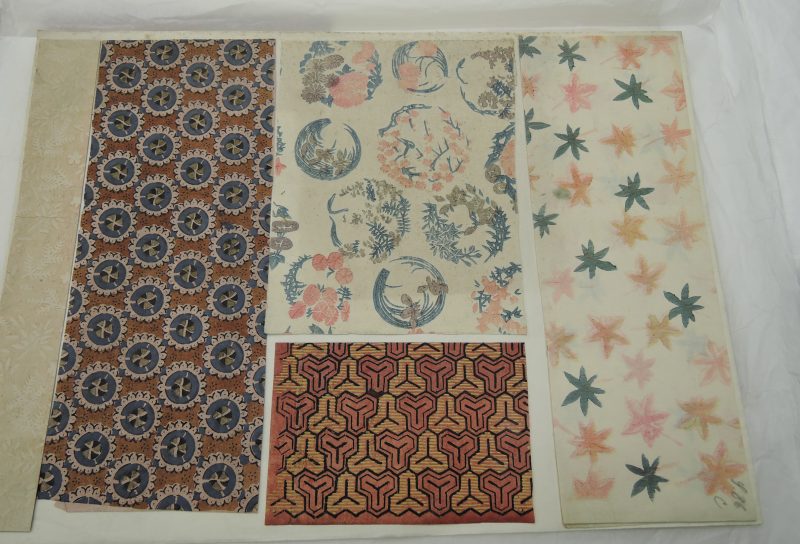
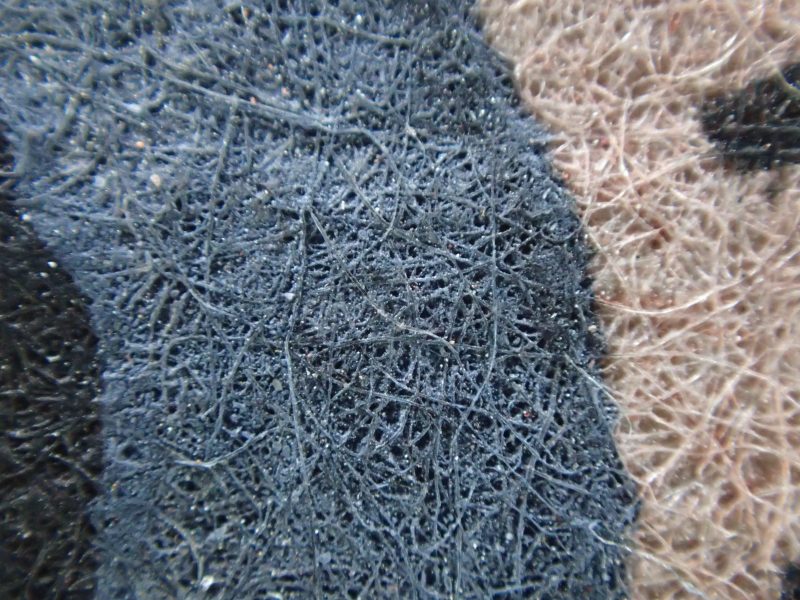
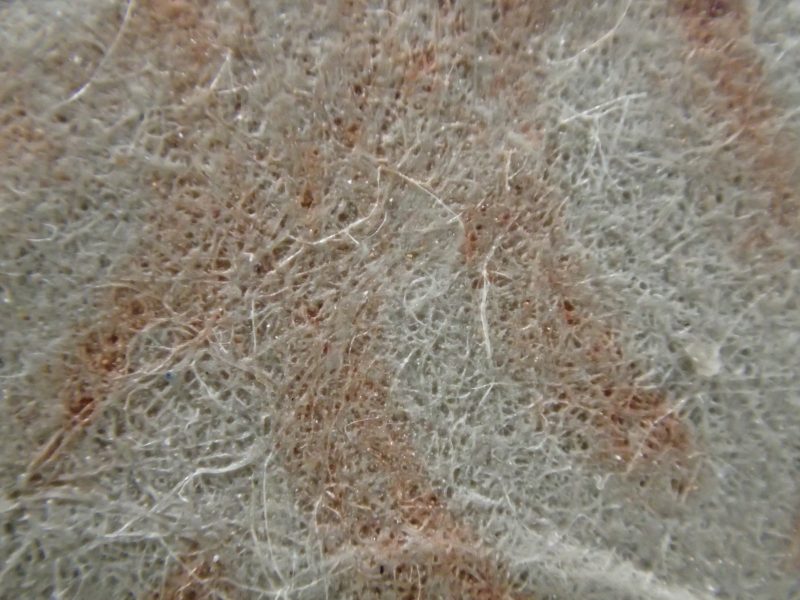
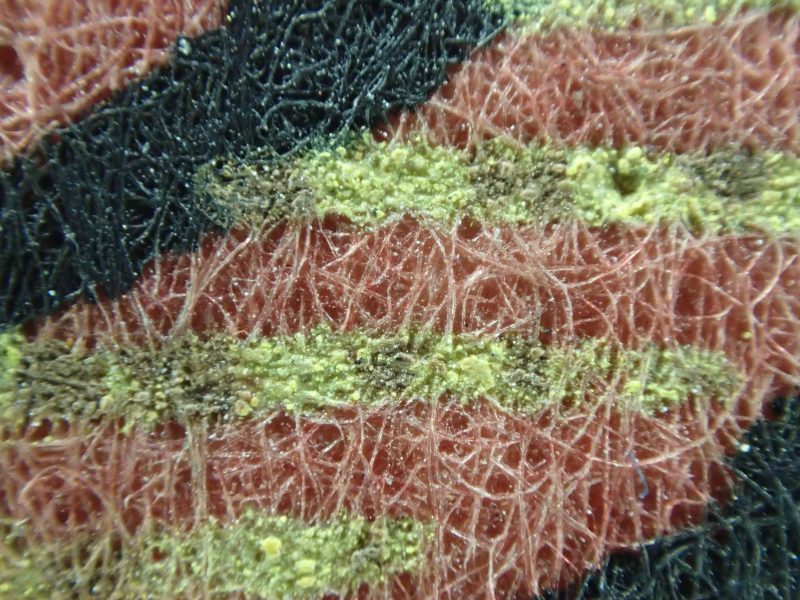
17、染紙、版木による(Paper dyed with woodblock print)
17, Dye paper, by woodblock (Paper dyed with woodblock print)

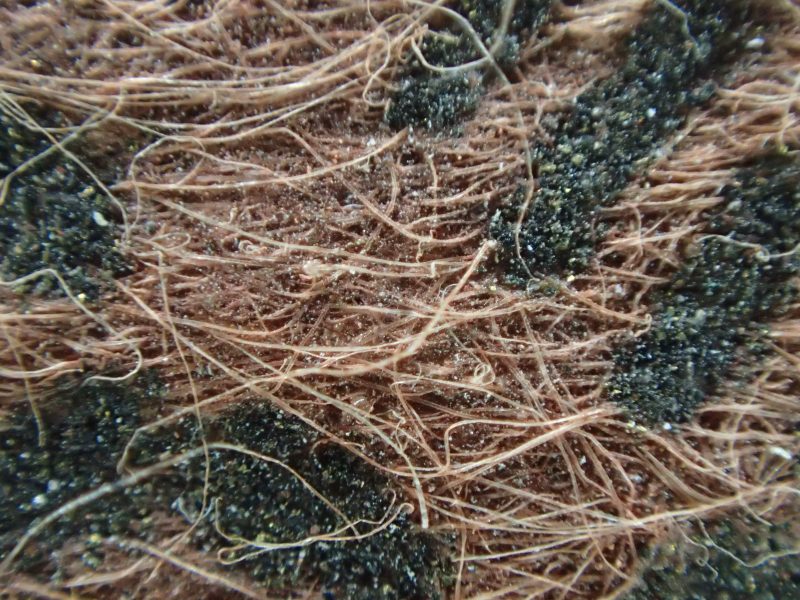
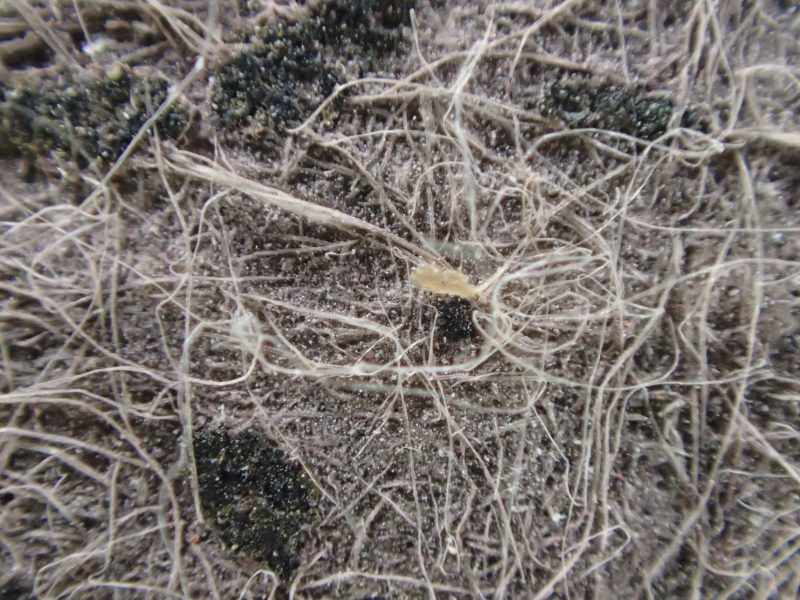
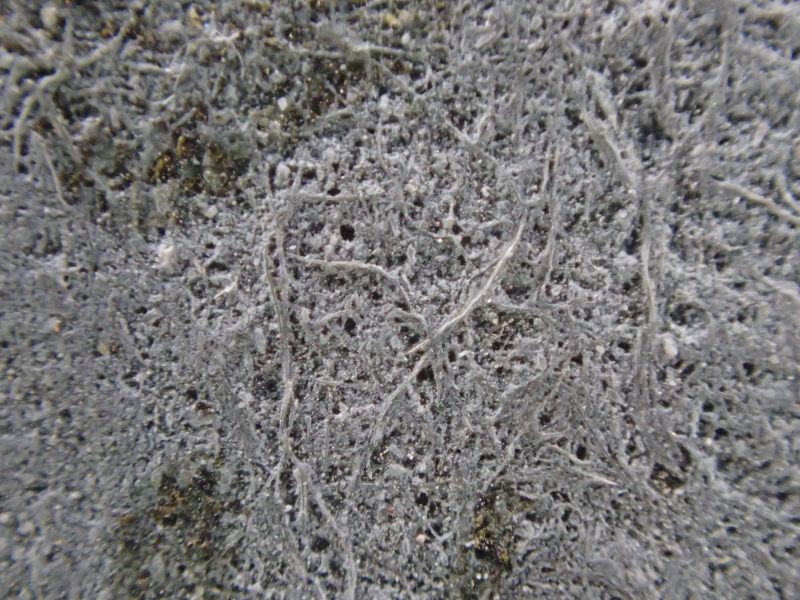
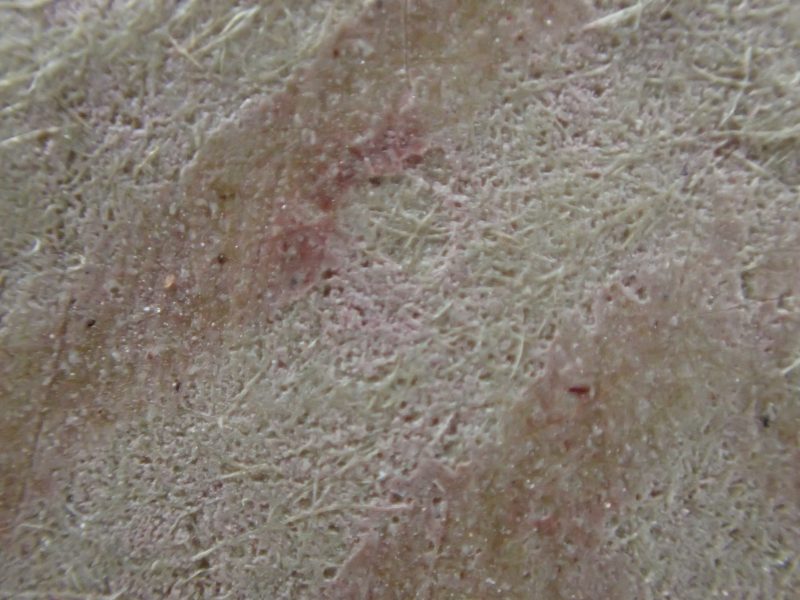
18、染紙、型染め紙(Paper dyed with paper pattern)
18, dye paper, dyed paper (paper dyed with paper pattern)
型染めによる紙。Paper due to stamination.
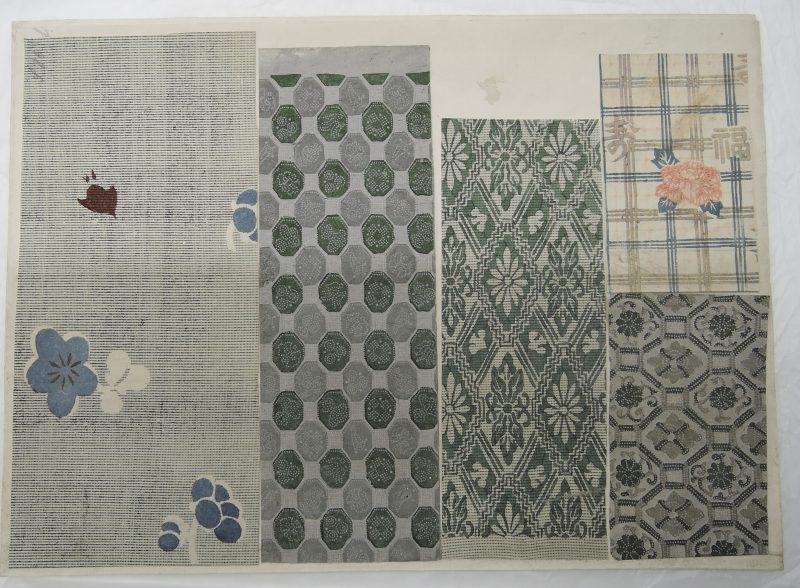
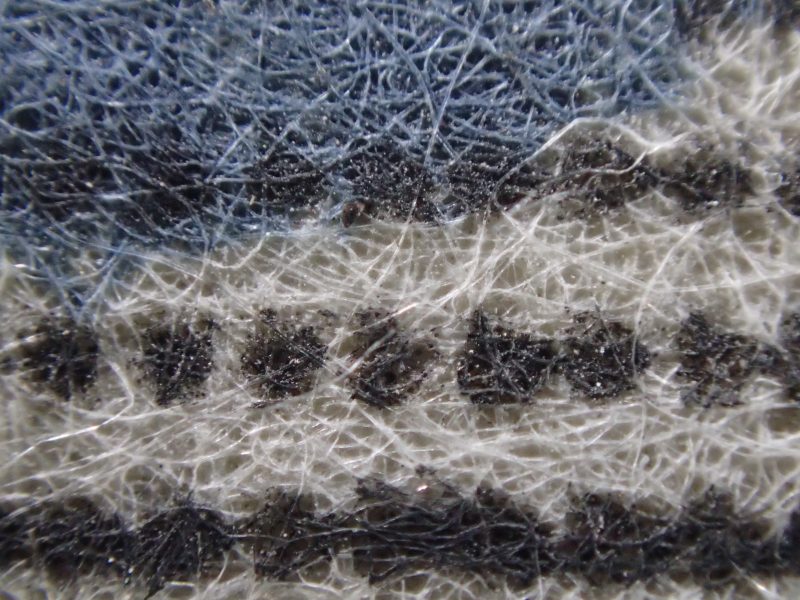
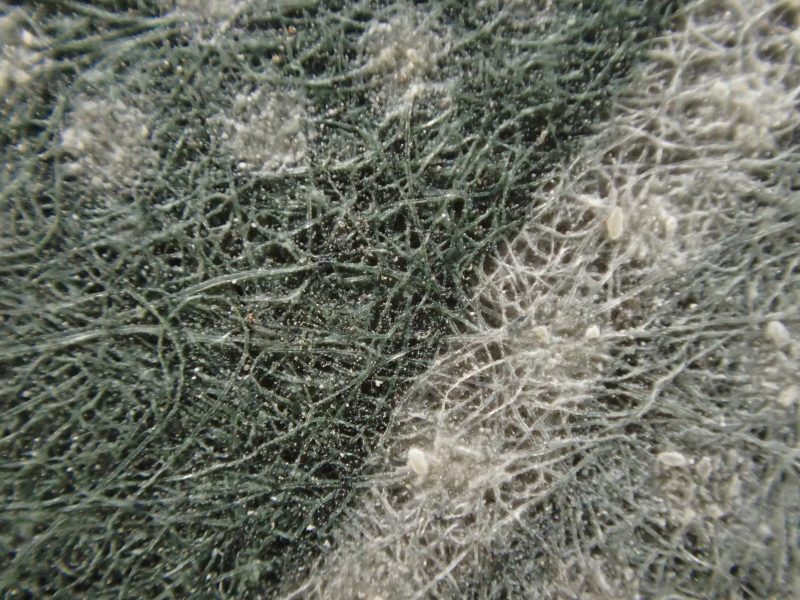

19、草木花鳥図 シワ入りの紙(Paper with a crinkled texture)
19, plants, flowers and birds drawing wrinkled paper (Paper with a Crinkled Texture)
花鳥の図に、シワが入り、柔らかい質感の紙。揉み紙、檀紙とのやや違う感触の紙。
A wrinkle is entered in the flower bird figure, and a soft texture paper. A slightly different feeling paper with rubbing paper and dandy paper.
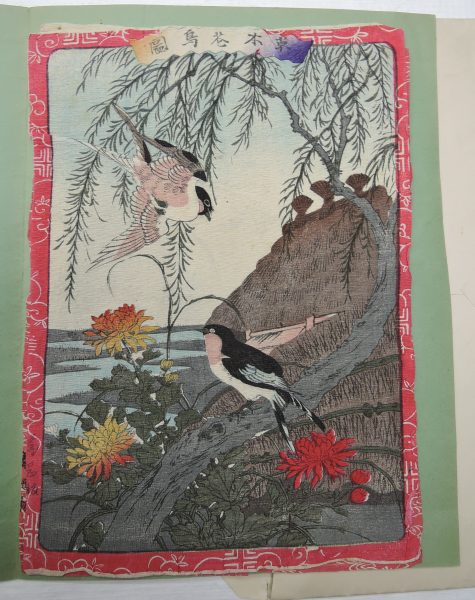
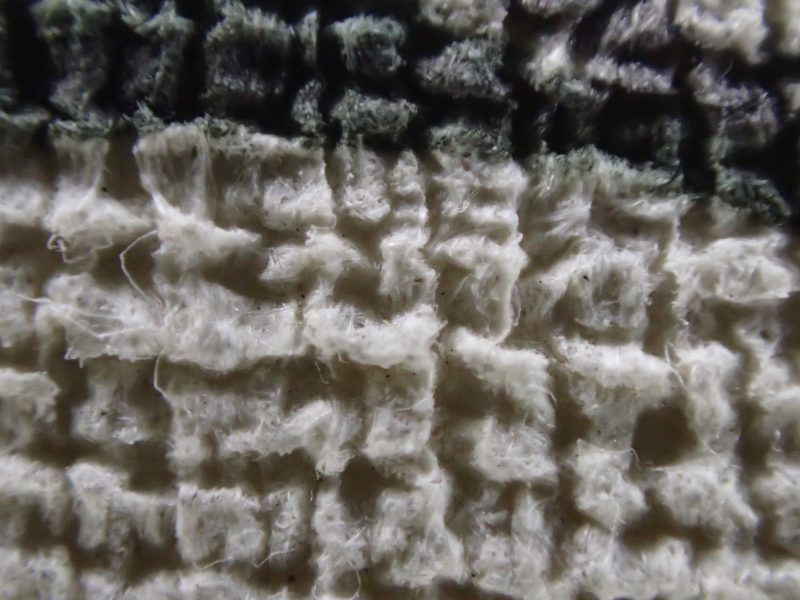
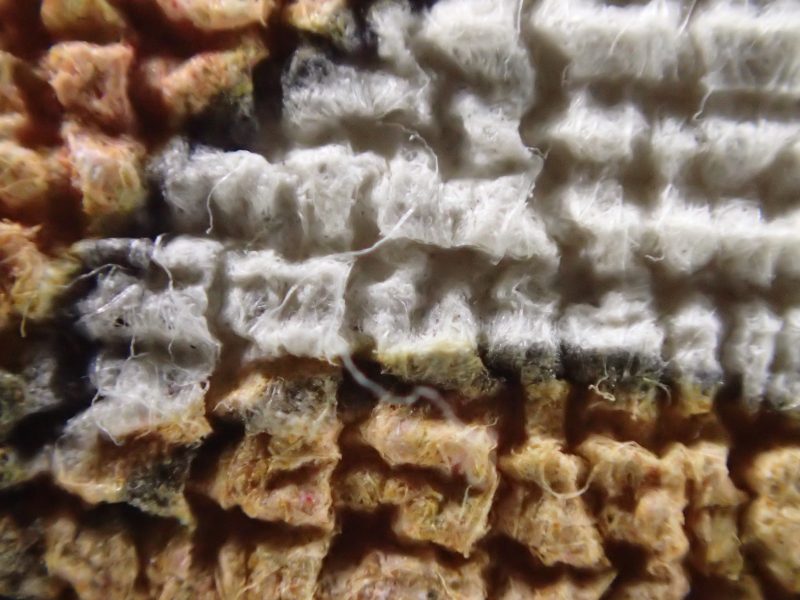
20,油紙等(Oiled paper)
20, oil paper etc. (Oiled paper)
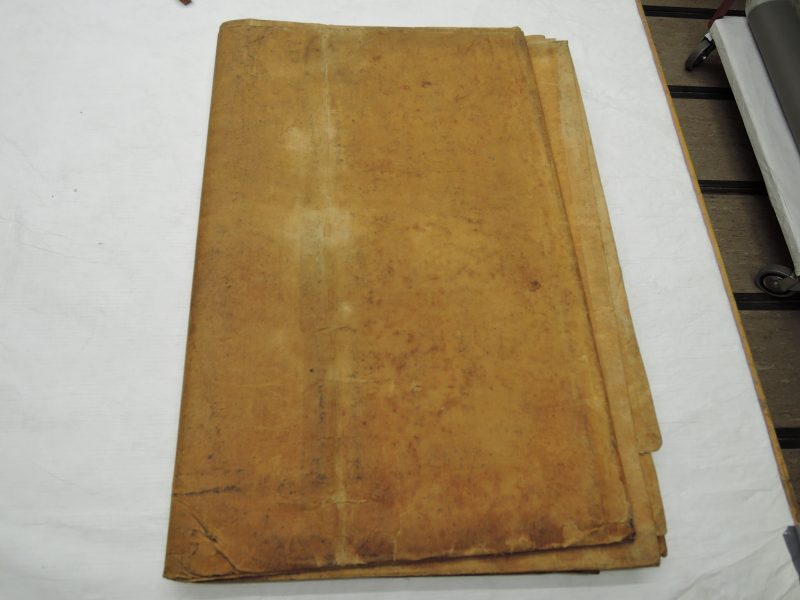
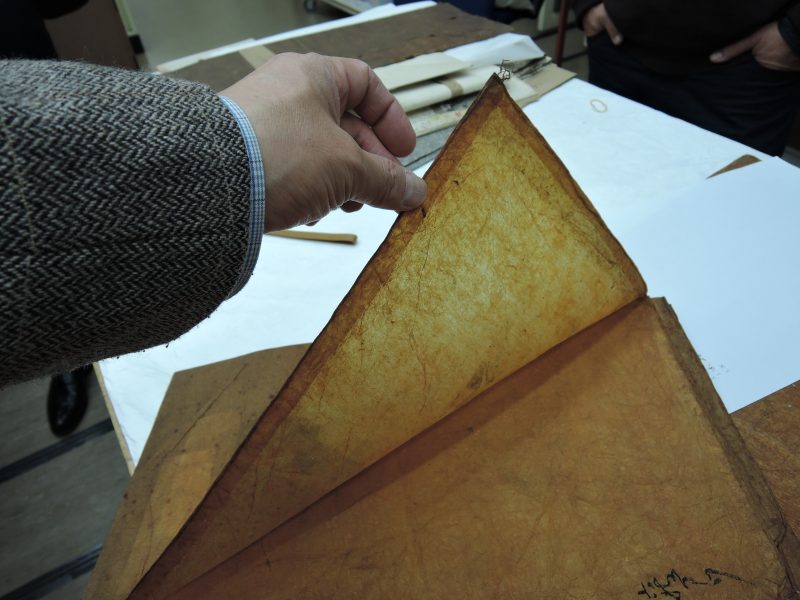
油紙。2×3判程度。Oil papers. About 2 × 3 size.
21,茶色、不明の紙(Brown,Other paper?) 21, brown, unknown paper (Brown, Other paper?)
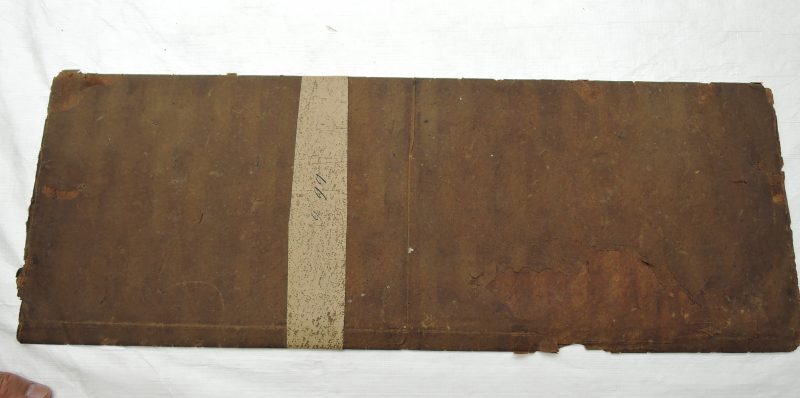
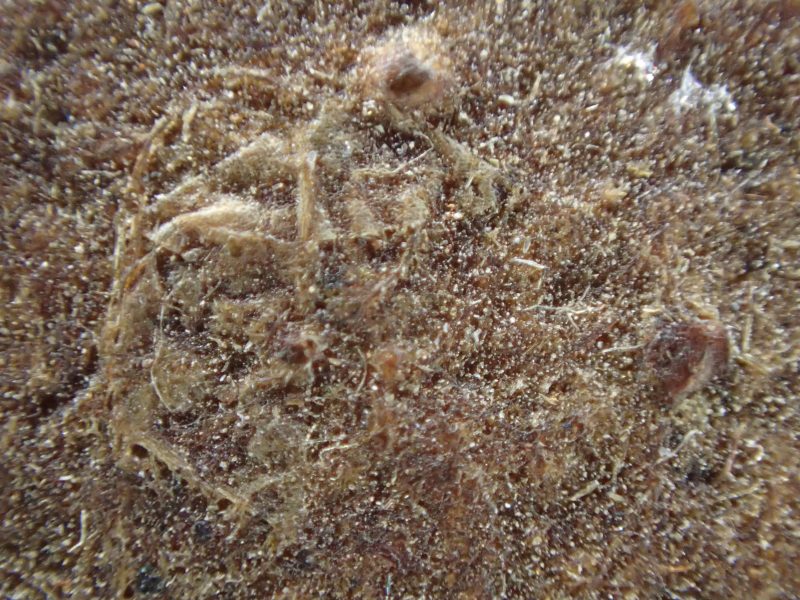
(参考)牧野標本館のシーボルトコレクション
(Reference) Siebold collection of Makino Sample Museum
http://ameba.i.hosei.ac.jp/sbweb/
写真は、2015年3月柴崎が、牧野標本館を訪問し許可を得て撮影した。
※標本台紙に使った紙と、ミュンヘン五大陸博物館が所蔵する紙は、同一または近いものがある。
和紙の標本台紙は、紙そのものに劣化はなく、よい紙の選択だったのではないだろうか。
Shibazaki visited the Makino sample building in March 2015 and photographed with permission.
Washi paper sample paper did not deteriorate the paper itself, was not it a good paper choice?
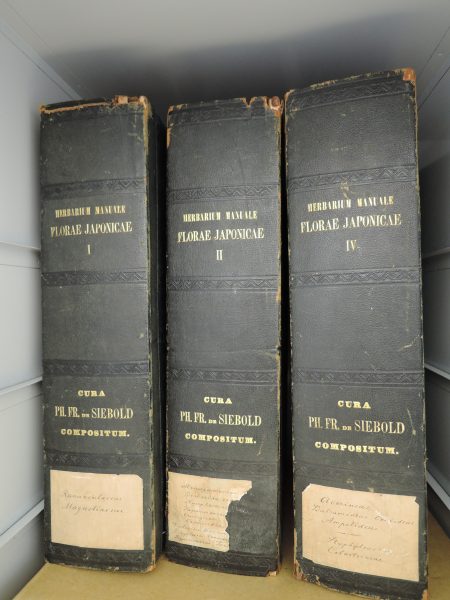
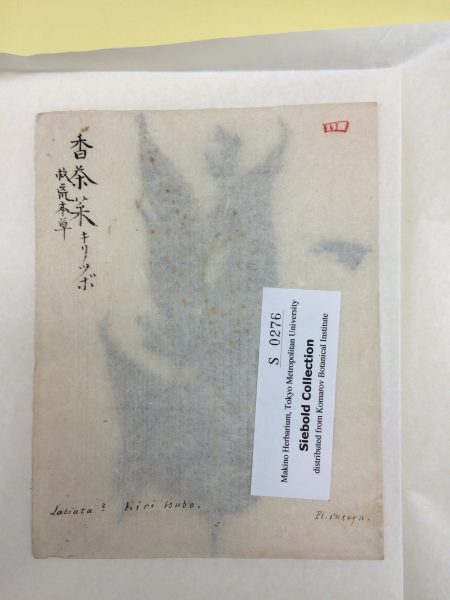
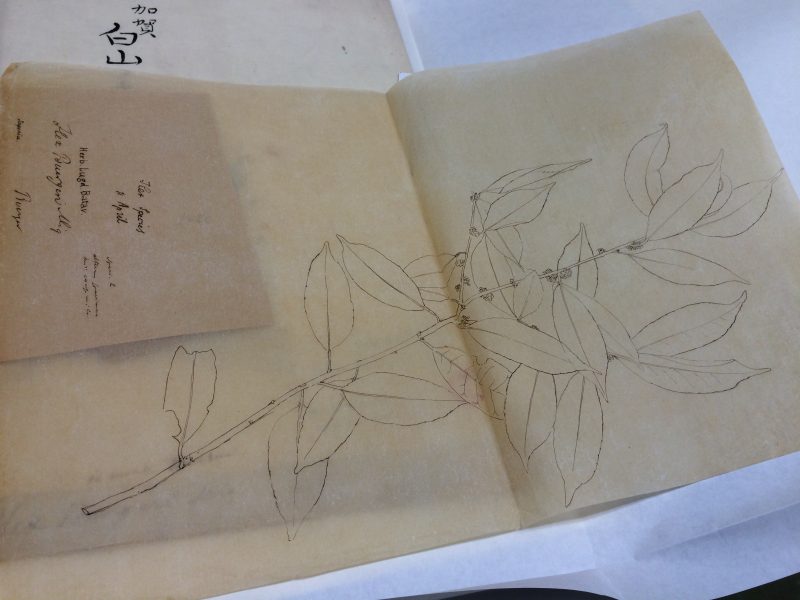
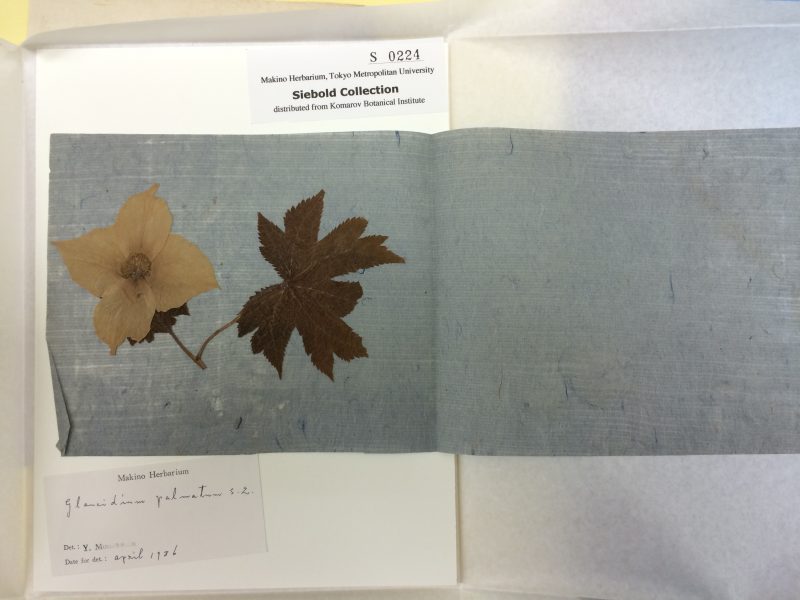
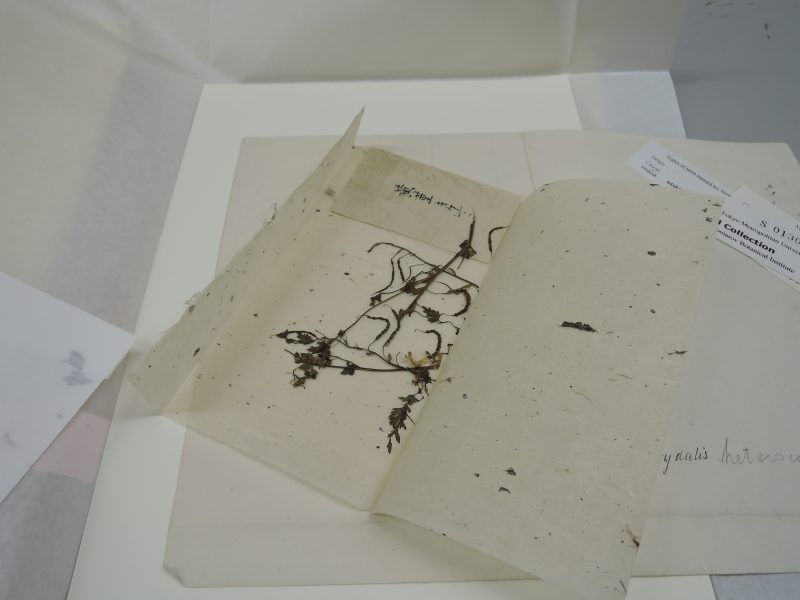
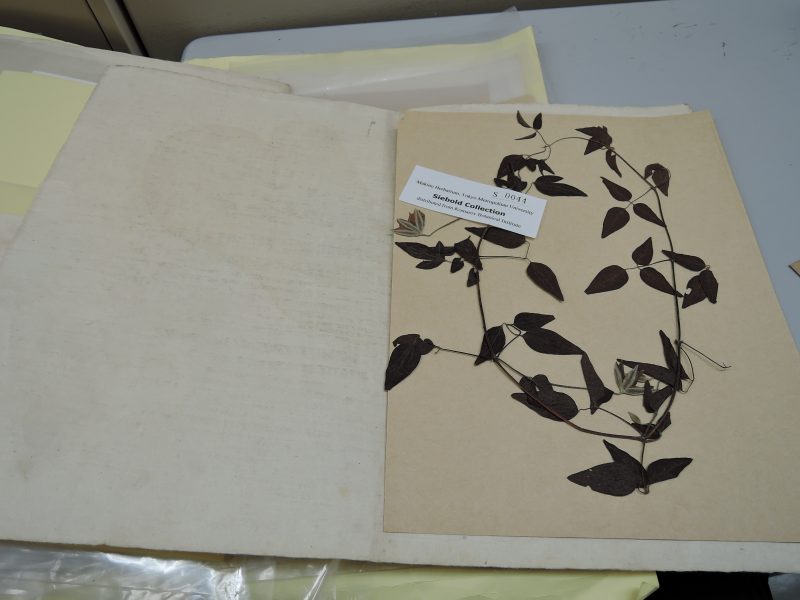
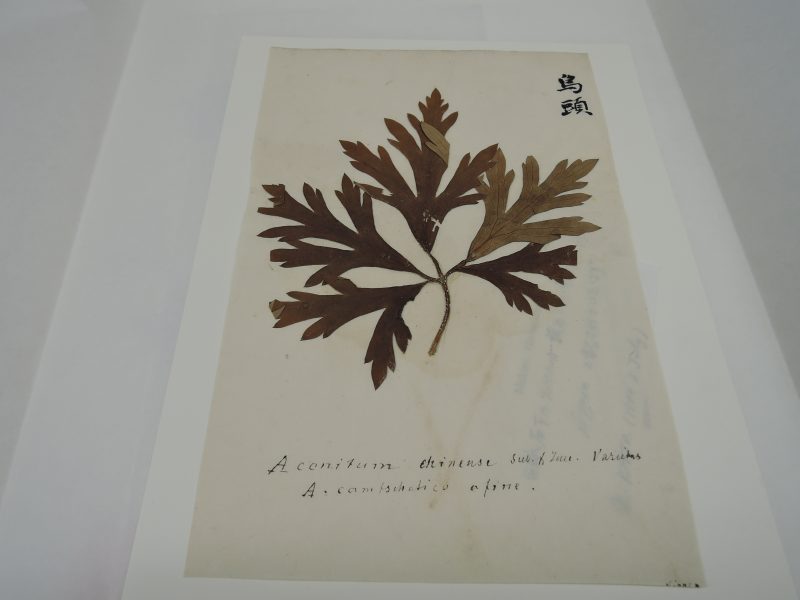
協力(cooperator)
・Dr. ブルーノ・J・リッヒツフェルト(Dr. Bruno Richtsfeld), 五大陸博物館(Museum Fünf Kontinente)
・浅野昭博(Akihiro Asano), バイエルン独日協会(Deutsch-Japanische Gesellschaft
in Bayern e.V.)
・衣川富士子(Fujiko Kinugawa-Kluehspies),バイエルン独日協会
・首都大学東京牧野標本館(Makino Herbarium (MAK), Tokyo Metropolitan University)
Cooperator
· Dr. Bruno · J · Lichtsfeld (Dr. Bruno Richtsfeld), Five Continent Museum (Museum Fünf Kontinente)
· Akihiro Asano, Bavarian German-Japanese Association (Deutsch-Japanische Gesellschaft
In Bayern eV)
· Fujiko Kinugawa-Kluehspies, Bavarian German-Japanese Association
· Tokyo Metropolitan College Tokyo Makino Sample Center (Makino Herbarium (MAK), Tokyo Metropolitan University)
参考文献(References and Citations)
・牧野標本館WEBサイト(Website of Makino Herbarium (MAK), Tokyo Metropolitan University)
・五大陸博物館所蔵 シーボルトコレクション関連資料集成(Compilation of Historical Materials from the Five Continents Museum’s Siebold Collection)大学共同利用機関法人 人間文化研究機構 国立歴史民俗博物館
· Makino Sample Museum WEB site (Website of Makino Herbarium (MAK), Tokyo Metropolitan University)
· Compilation of Historical Materials from the Five Continent Museum Association for Human Cultural Studies National Historical Folk Museum